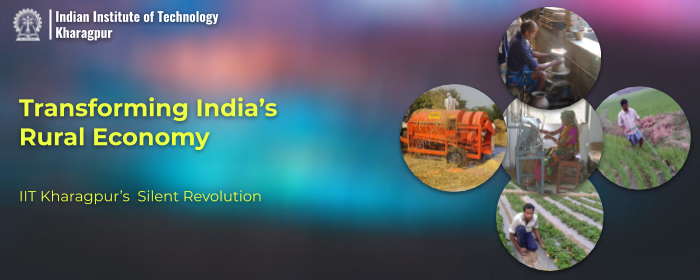
Promotion of Micro-irrigation installation for improving horticultural production
By Prof. K N Tiwari, Dept. of Agricultural and Food Engineering, IIT Kharagpur Adoption of micro-irrigation system in the country rose from a meagre 1500 hectares in the 1980s to nearly 86.21 lakh hectares in 2016, yet the technology adoption is confined only to 18 States and the area is negligibly small in most of the eastern and North Eastern States. Presently, this technology is in vogue only for very few crops. Among the horticultural crops, drip technology is adopted mostly, in fruits with a penetration of 34%. This is followed by vegetables (14%), plantation crops (13%), coconut (12%). citrus…

